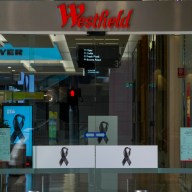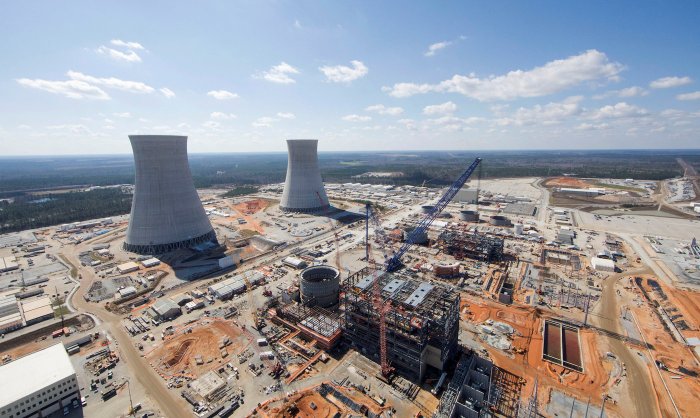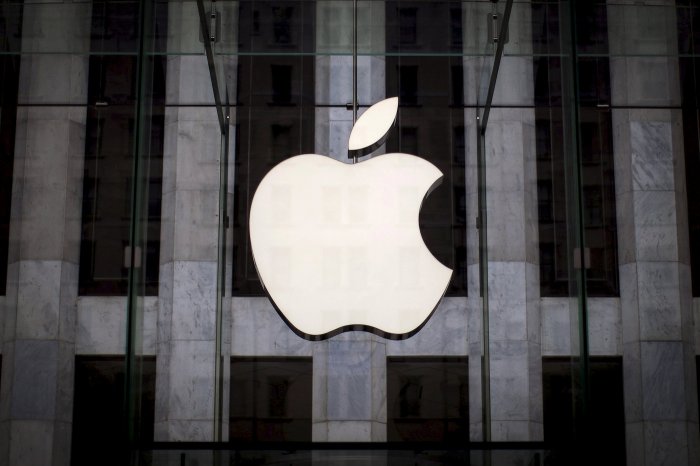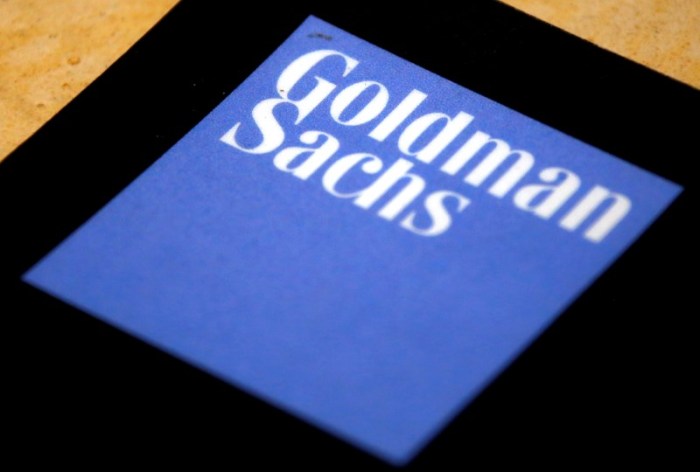By Lewis Krauskopf
(Reuters) – Wall Street cooled off on Thursday as disappointing quarterly reports from tech stalwart Intel and from transportation companies stalled momentum in a U.S. corporate earnings season that has been better than feared. The S&P 500 and Dow industrials pulled back from record highs and the Dow snapped a nine-session streak of gains.
Southwest Airlines The stocks dragged down the Dow Jones transport index <.DJT>, which is often seen as a barometer of the market’s health and the overall economy.
“You’ve got some weakness in that important group, and the broader market might be taking some cues from that,” said Chuck Carlson, chief executive officer at Horizon Investment Services in Hammond, Indiana. The Dow Jones industrial average <.DJI> fell 77.8 points, or 0.42 percent, to 18,517.23, the S&P 500 <.SPX> lost 7.85 points, or 0.36 percent, to 2,165.17 and the Nasdaq Composite <.IXIC> dropped 16.03 points, or 0.31 percent, to 5,073.90. The recent rally has pushed the S&P 500 to fresh all-time records after failing to reach such highs for more than a year, putting the benchmark index up about 6 percent in 2016.
“The market is just tired,” said Stephen Massocca, chief investment officer of Wedbush Equity Management in San Francisco. “It’s had a massive move in a straight line and so it is only natural to see some pullback here.” Intel Second-quarter earnings for S&P 500 companies, which have started reporting results in earnest this week, are expected to fall 3.3 percent, less severe than the 4.5 percent decline estimated at the start of the month, according to Thomson Reuters I/B/E/S. “People were expecting a lot worse and I don’t think it’s been that bad, which is part of the reason that the market started taking off two weeks ago,” said Peter Costa, president of trading firm Empire Executions. Eight of the 10 major S&P sectors closed lower, with industrials <.SPLRCI> dropping the most. Healthcare <.SPXHC> rose 0.4 percent, helped by a 7.6-percent rise in Biogen After the market closed, Starbucks About 6.5 billion shares changed hands in U.S. exchanges, below the 7.5 billion daily average over the past 20 sessions.
Declining issues outnumbered advancing ones on the NYSE by a 1.38-to-1 ratio; on Nasdaq, a 1.67-to-1 ratio favored decliners.
The S&P 500 posted 27 new 52-week highs and no new lows; the Nasdaq Composite recorded 85 new highs and 25 new lows.
(Additional reporting by Chuck Mikolajczak in New York and Tanya Agrawal in Bengaluru; Editing by Savio D’Souza and Nick Zieminski)


















